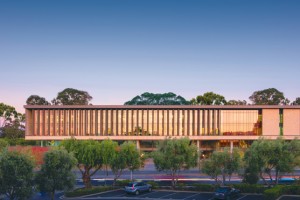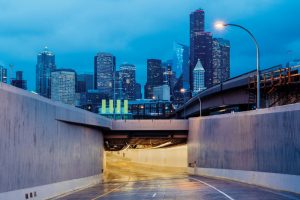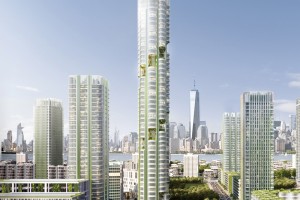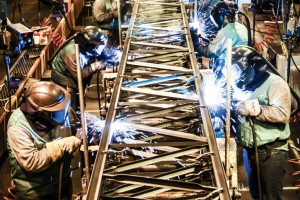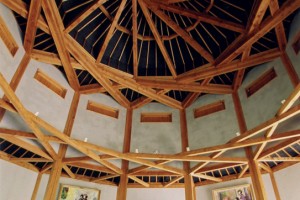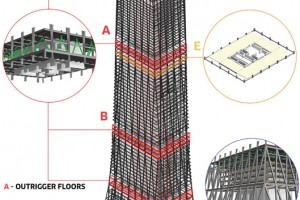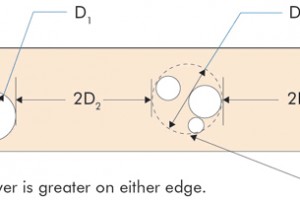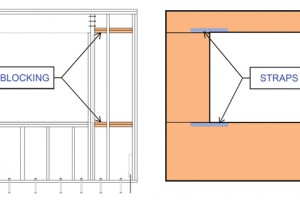Successful Use of the Latest Advances in the Field
Stanford School of Medicine’s new Center for Academic Medicine (CAM) provides consolidated workspaces for clinical faculty, computational researchers, departmental administration, and leadership for several departments. The new four-story 170,000-square-foot building is built above a three-level subgrade parking structure, concealing vehicles and eliminating the heat islands of surface parking. It is an innovative workplace that includes collaborative conferencing facilities, quiet office space, a host of amenities, and ample access to natural light and views. Situated adjacent to Stanford’s historic arboretum, CAM is a new threshold to the campus, the School of Medicine, and an extension of the arboretum experience.
…
